From riverside city to urban area towards the sea
In less than a week, the people of Can Gio island district will witness a historic moment: the groundbreaking ceremony for the Can Gio sea-encroaching urban area. The project has a planned area of about 2,870 hectares with a total investment of nearly 9 billion USD, expected to turn Can Gio into a tourist, resort, and investment destination that is competitive enough with sea-encroaching areas in the world such as Singapore, Miami (USA), Australia... Along with that, Ho Chi Minh City is aiming to start the construction of Can Gio bridge worth more than 11,000 billion VND and Can Gio international transit super port worth nearly 5 billion USD. Initially, Can Gio bridge was expected to start construction on the occasion of April 30, but because the city's general planning until 2040, with a vision to 2060, has not been approved, the project does not have enough basis to submit to the City People's Council for consideration of investment policy. After the city's master plan is approved, the Department of Transport said it will complete the documents and submit them to the competent authority for approval of the pre-feasibility study report and start the project this year, completing it in 2028.
A sea-encroaching urban area will turn Can Gio into a regional-class resort; a super container transit port will turn Can Gio into an international logistics center; direct connection to the center of Ho Chi Minh City by both road and high-speed rail... All of these projects are opening up a golden opportunity for Can Gio to restore its position as a famous ocean port on the Asia-Europe maritime route, realizing the vision of becoming a global city, clinging to the river, facing the sea in accordance with the direction of the Politburo when giving opinions on the Ho Chi Minh City Planning for the period 2021 - 2030, with a vision to 2050.
Perspective of Can Gio coastal urban area
PHOTO: VG
Looking back at history, Ho Chi Minh City only connected to the East Sea when Duyen Hai District (now Can Gio District) was merged in 1978. Located about 50 km from the central area, Can Gio is the only district of the city bordering the sea, with 23 km of coastline running in the Southwest - Northeast direction, and large river mouths from Long Tau, Cai Mep, Go Gia, Thi Vai, Soai Rap, Dong Tranh rivers. Since the 1990s, the Ho Chi Minh City government has had a policy of developing the city to the south - towards the East Sea. The cooperation of CT&D Group (Taiwan) has turned a large area of thousands of hectares of abandoned land (due to acid sulfate contamination) in the South into Tan Thuan Export Processing Zone, Hiep Phuoc Industrial Park, Phu My Thermal Power Plant, Phu My Hung Urban Area... as the first steps. Since then, developing towards the sea has been the desire and will of many generations of leaders and people of Ho Chi Minh City. The city has identified a long-term development vision that needs to be based on the foundation of marine economy, coastal urban areas, and international connections. However, there is still a huge gap between aspirations and reality. Only now, with a series of mega-projects as mentioned above, has the journey to the big sea of the riverside city - Ho Chi Minh City really accelerated.
New growth driver of Ho Chi Minh City
Associate Professor, Dr. Nguyen Hong Thuc (Hanoi National University) frankly said: "For many years, the potential and advantages of Ho Chi Minh City's marine economy have not been aroused for the city's comprehensive development strategy. This is one of the regrettable things that has contributed to the "not very pleasant" reality for Ho Chi Minh City, which is that the leading and leading position is facing many challenges".
"If in 1995, Ho Chi Minh City's economy was nearly twice as large as Hanoi's, now this ratio has dropped to less than 1.7 times. Many other localities such as Dong Nai, Binh Duong, Hai Phong, Quang Ninh, Vinh Phuc, Thai Nguyen... are not currently and in the next decade equal competitors to Ho Chi Minh City, but in some areas they can compete directly. In a certain aspect, these localities, not Ho Chi Minh City, are the main factors creating inspiration and competition between localities in the recent period", Associate Professor, Dr. Nguyen Hong Thuc cited.
According to Associate Professor, Dr. Nguyen Hong Thuc, the current developments of the city are still in the initial stage, not yet reaching the maturity of an urban area of international stature. However, Ho Chi Minh City is located in a position with many geo-economic advantages in the Southeast Asian region, converging all the conditions and potential to develop into a regional and international financial center within the next 1-2 decades. Along with the support of the Government and strong changes in policies and actions of leaders at all levels, this is a golden opportunity for Ho Chi Minh City to regain the opportunity missed in the past nearly 20 years and reaffirm its position as an economic locomotive.
"Ho Chi Minh City has three main driving forces all originating from the river-sea economy and over the past 300 years, the city has always lived with this economic lifeline. Therefore, we must connect the river-sea economy and water cities to become the driving force for development. The coastal urban chain of Vung Tau - Can Gio - Go Cong will become the "front" marine economic pole for Ho Chi Minh City to proactively welcome opportunities to develop a high-value-added marine economy and international maritime transactions. This coastal urban corridor will also be a springboard for Ho Chi Minh City to become a stronger gateway to the region and the world. The city will then not only play an important role in the development of the Southern Economic Region, but also be a key in international strategies, such as the India-Mekong Economic Corridor, the US Indo-Pacific Strategy...", Associate Professor, Dr. Nguyen Hong Thuc emphasized.
Sharing the same view, Professor Dr. Dang Hung Vo, former Deputy Minister of Natural Resources and Environment, commented: Developing marine economy and reclaiming land from the sea is a trend of the whole world. China has previously proposed a strategy to develop marine economy, thereby creating resources to develop the mountainous economy and they have succeeded. For Ho Chi Minh City, Can Gio is the only area adjacent to Cai Mep - Thi Vai deep-water port, and is also the only point adjacent to the sea to develop marine economic types. In the upcoming planning and reorganization of administrative units, if Ba Ria-Vung Tau merges with Ho Chi Minh City, Can Gio seaport together with the well-operating seaports in Ba Ria-Vung Tau will increase capacity and new development momentum for the city.
"Vietnam has talked about developing the marine economy for a long time, but there have not been any large international projects. We need to reclaim as much land as possible and as quickly as possible. Because the longer we delay, the more our ability to compete with other countries will decrease, while the driving forces for economic development on land will gradually dry up. Ho Chi Minh City will have new development momentum when it reaches the sea through the Can Gio gateway. Don't be afraid when you haven't reclaimed land yet, as long as you have properly implemented the planning, assessed the impact of the marine environment to choose a suitable place to do it, and effectively exploited Vietnam's sea area," shared Professor, Dr. Dang Hung Vo.
Thanhnien.vn
Source: https://thanhnien.vn/ky-nguyen-tien-bien-185250413214655434.htm



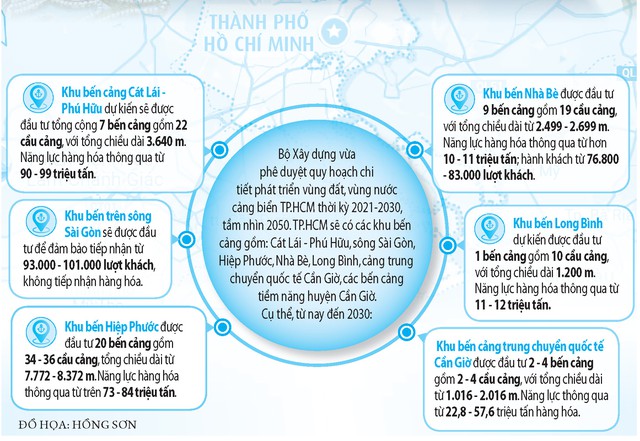
![[Photo] Prime Minister Pham Minh Chinh holds talks with Japanese Prime Minister Ishiba Shigeru](https://vstatic.vietnam.vn/vietnam/resource/IMAGE/2025/4/28/ee88e7119877496a9a73bb456f3414d3)
![[Photo] Welcoming ceremony for Japanese Prime Minister Ishiba Shigeru and his wife](https://vstatic.vietnam.vn/vietnam/resource/IMAGE/2025/4/28/1c97f7123f4f47078488e8c412953289)
![[Photo] General Secretary To Lam receives Secretary General of the Mozambique Liberation Front Party](https://vstatic.vietnam.vn/vietnam/resource/IMAGE/2025/4/28/360d46b787c547bbaa5472c490ddeded)
![[Photo] President Luong Cuong offers incense to commemorate Uncle Ho at House 67](https://vstatic.vietnam.vn/vietnam/resource/IMAGE/2025/4/28/162df748c87348e1821cc4c83745a888)
![[Photo] Enjoying the experience of enjoying specialty coffee](https://vstatic.vietnam.vn/vietnam/resource/IMAGE/2025/4/28/cb4f5818052e479392e8b3ad06cb1db0)
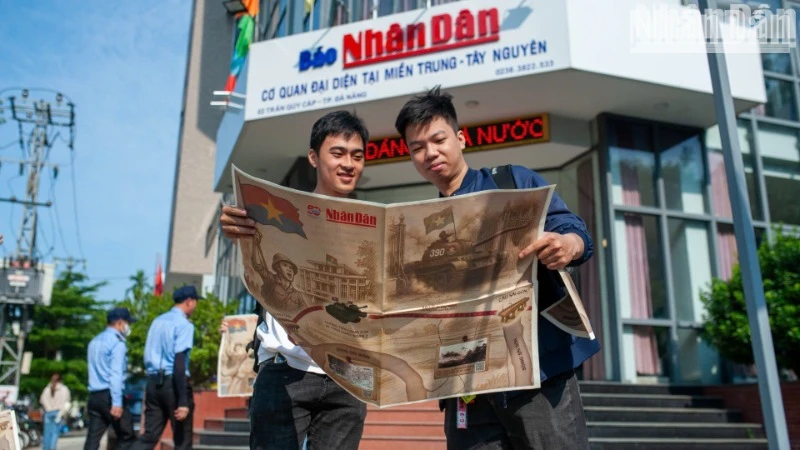
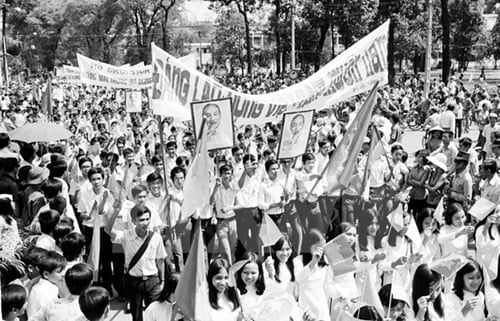

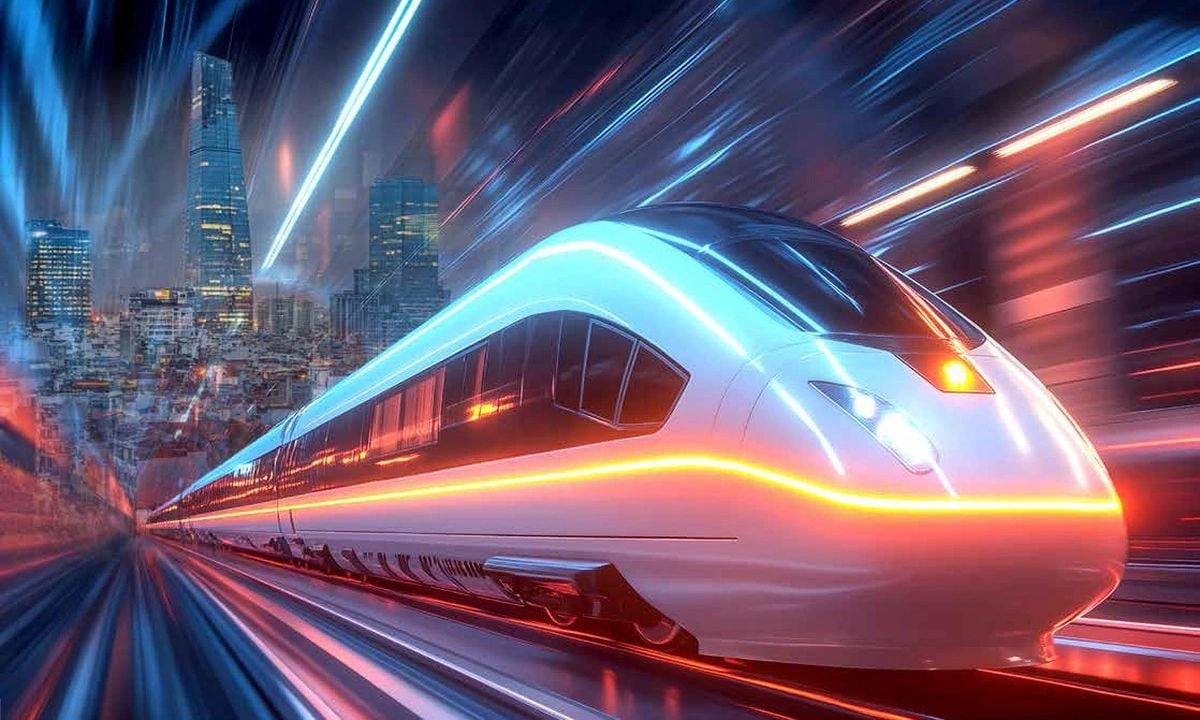

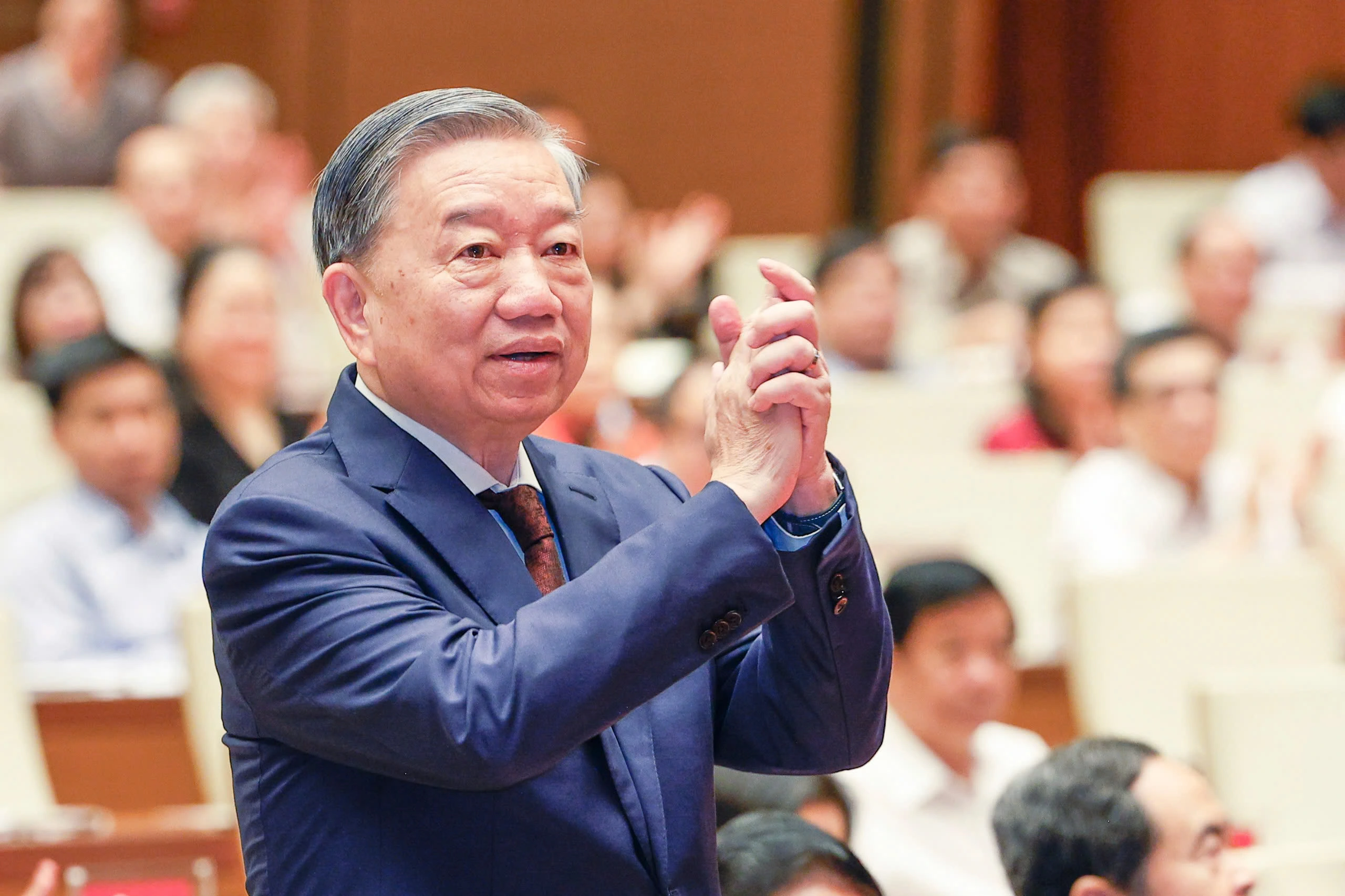


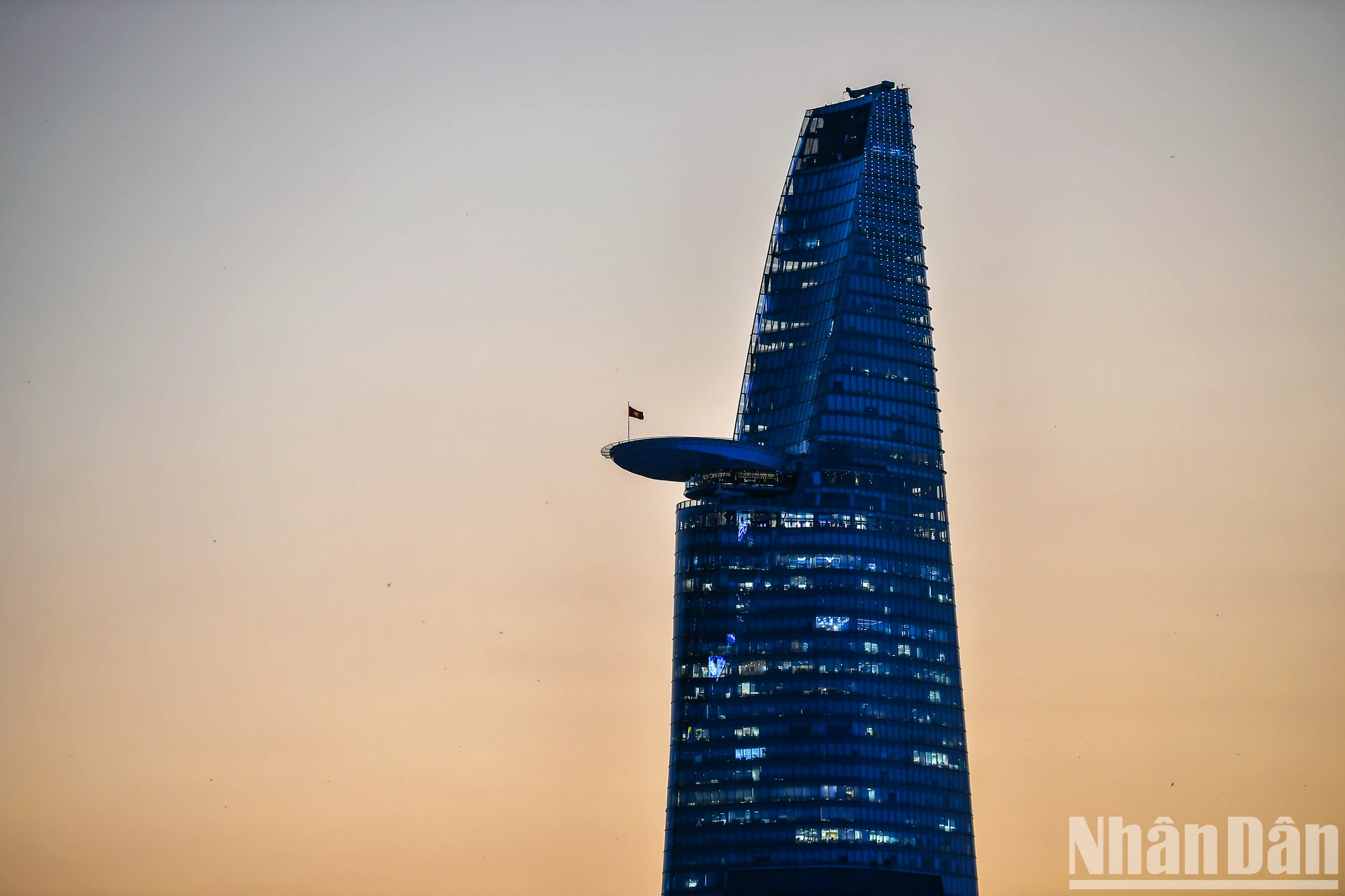



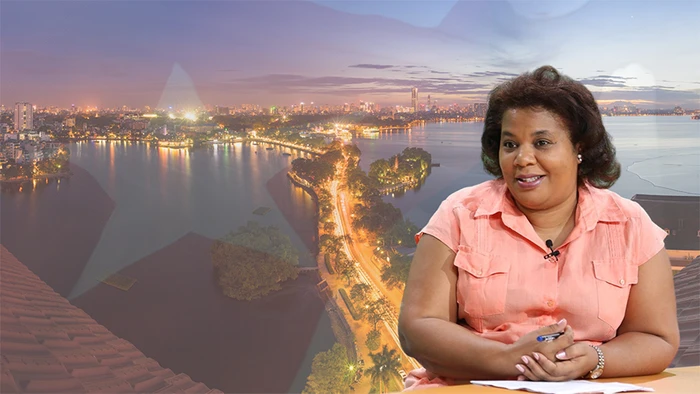
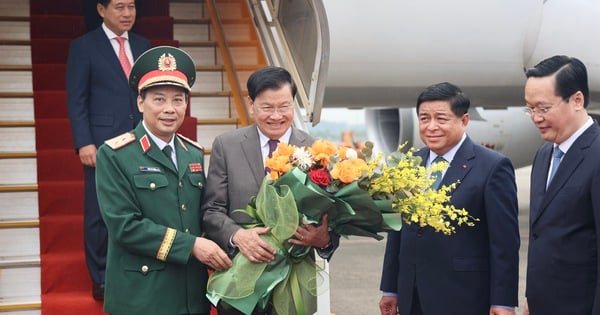
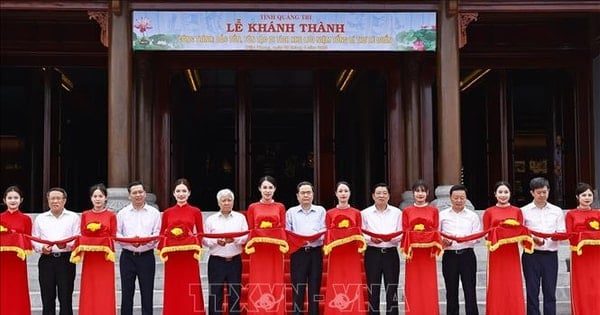
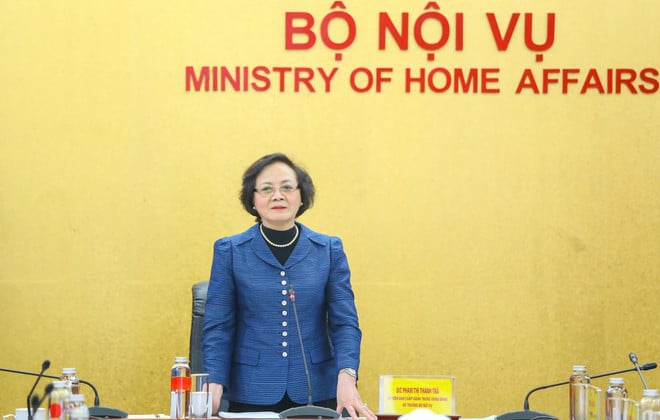
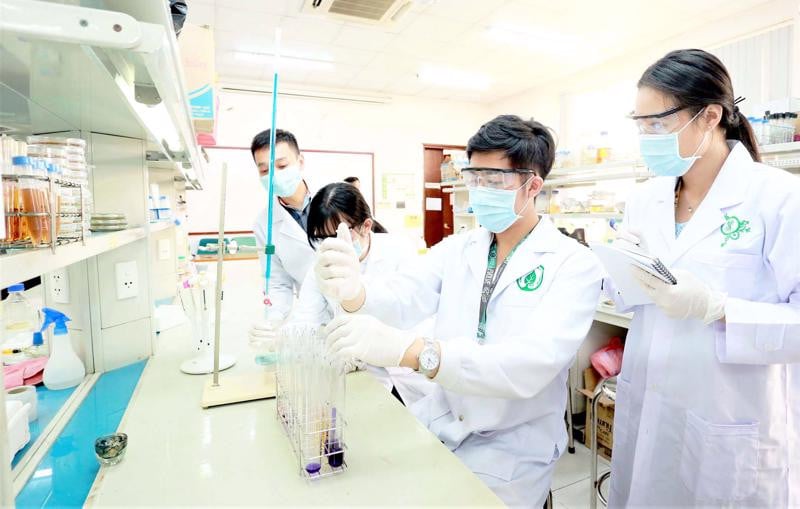

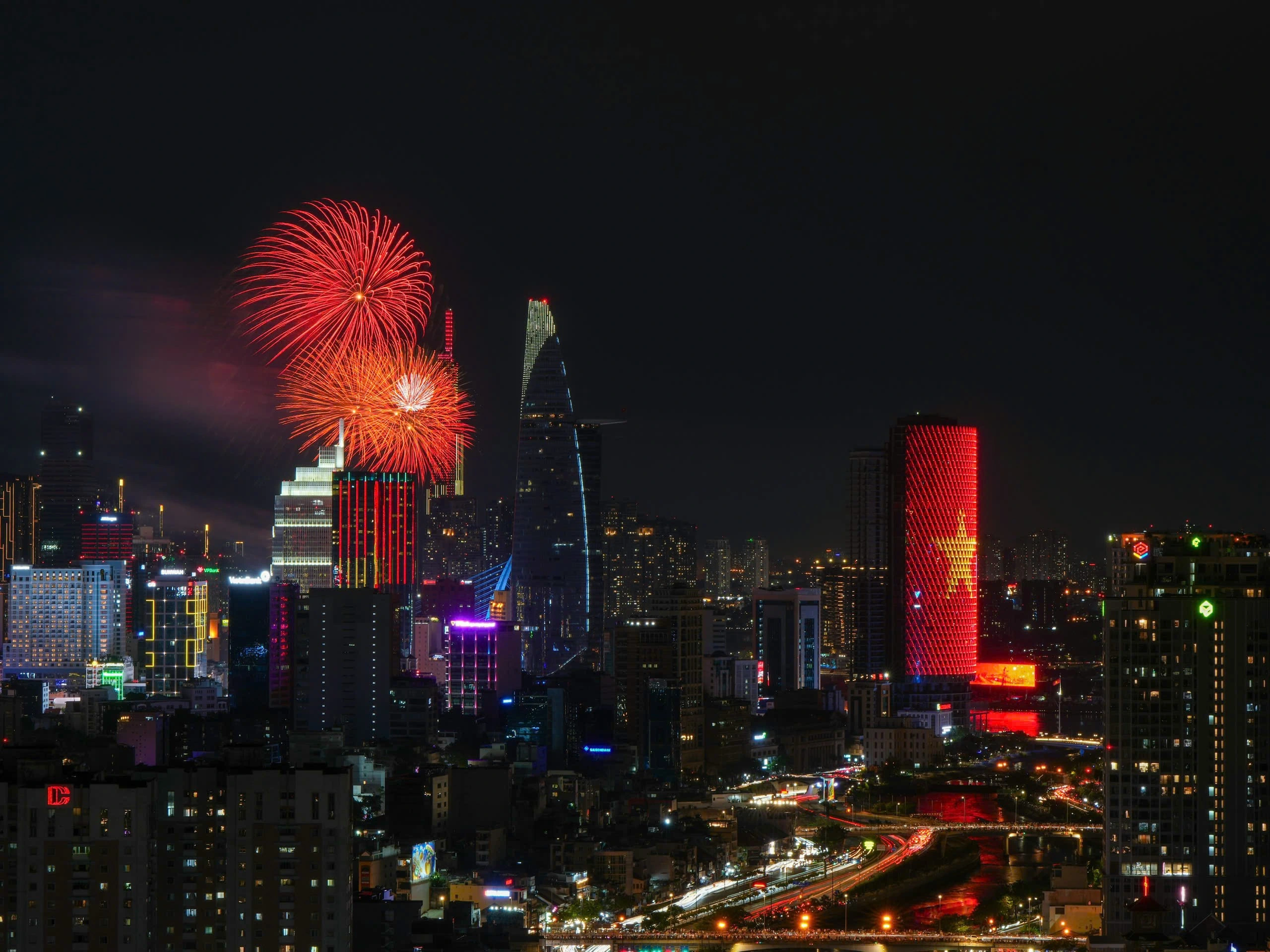
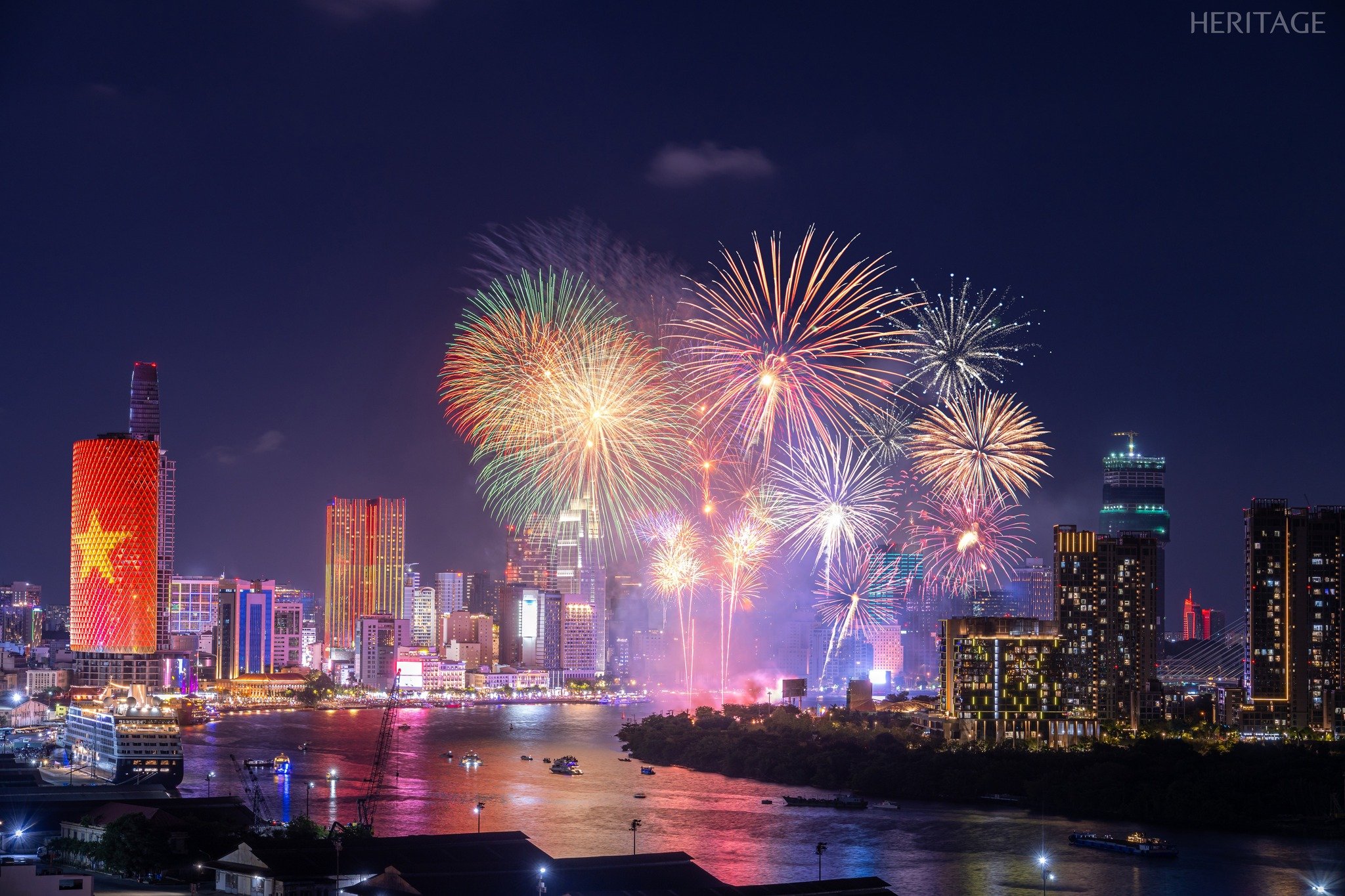
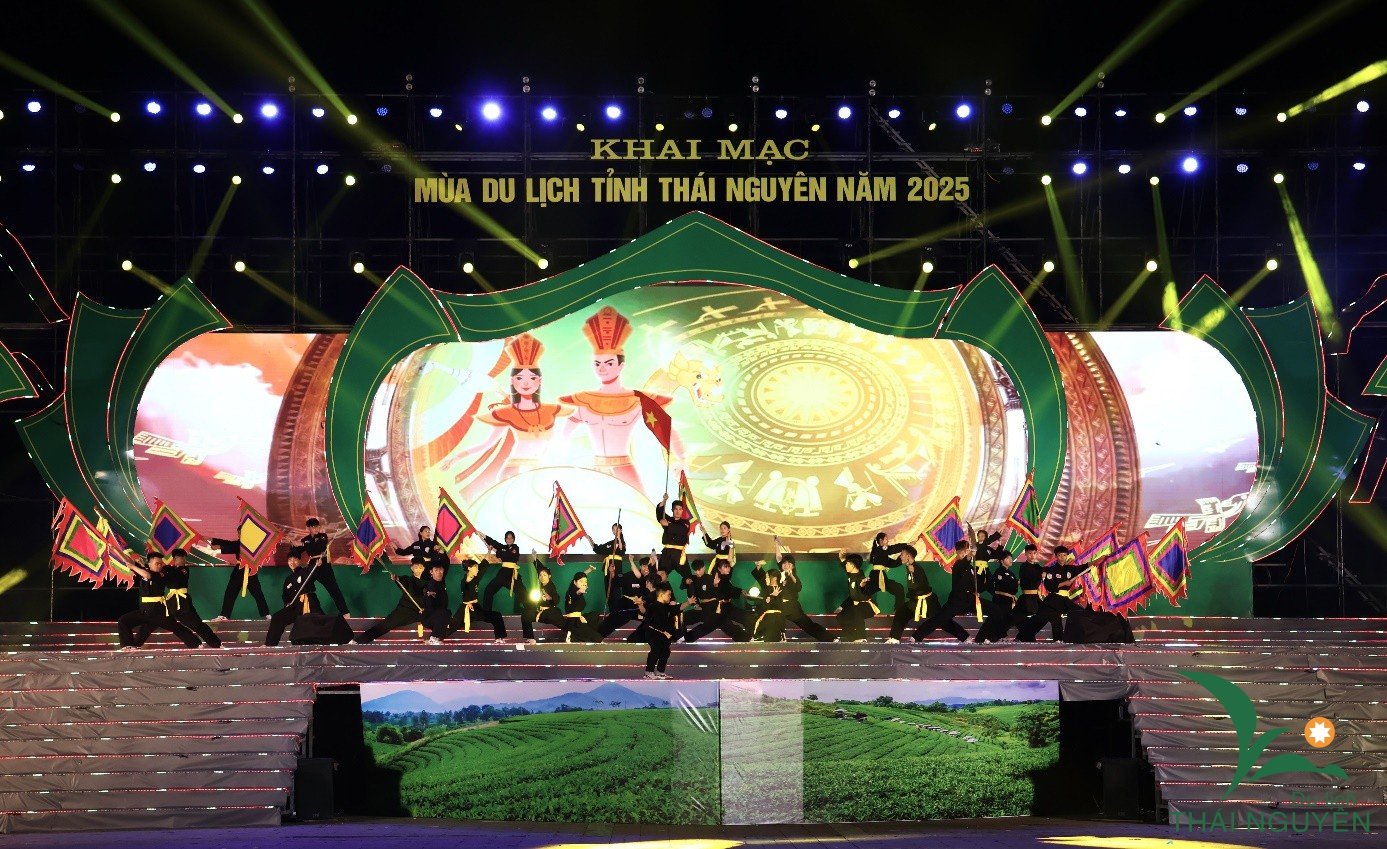
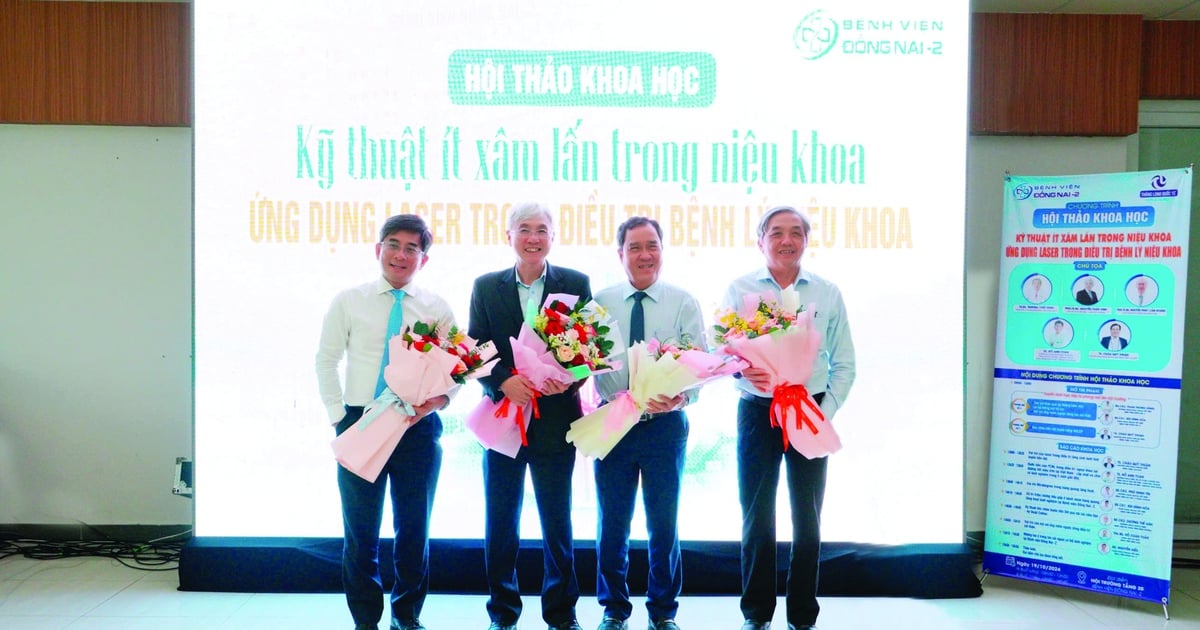

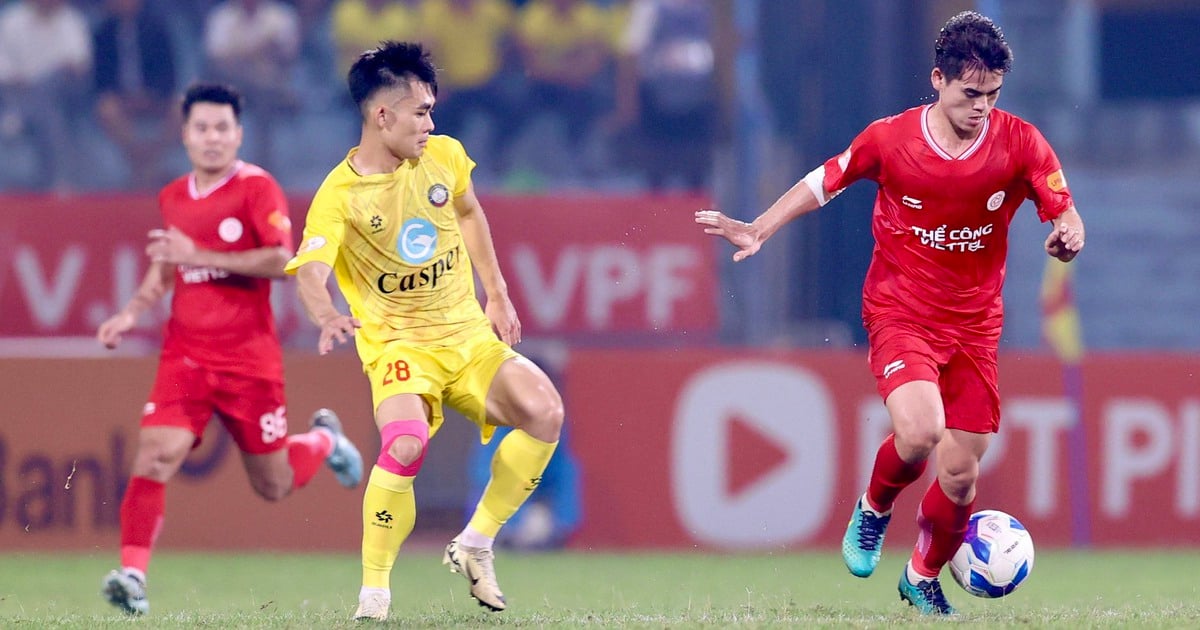


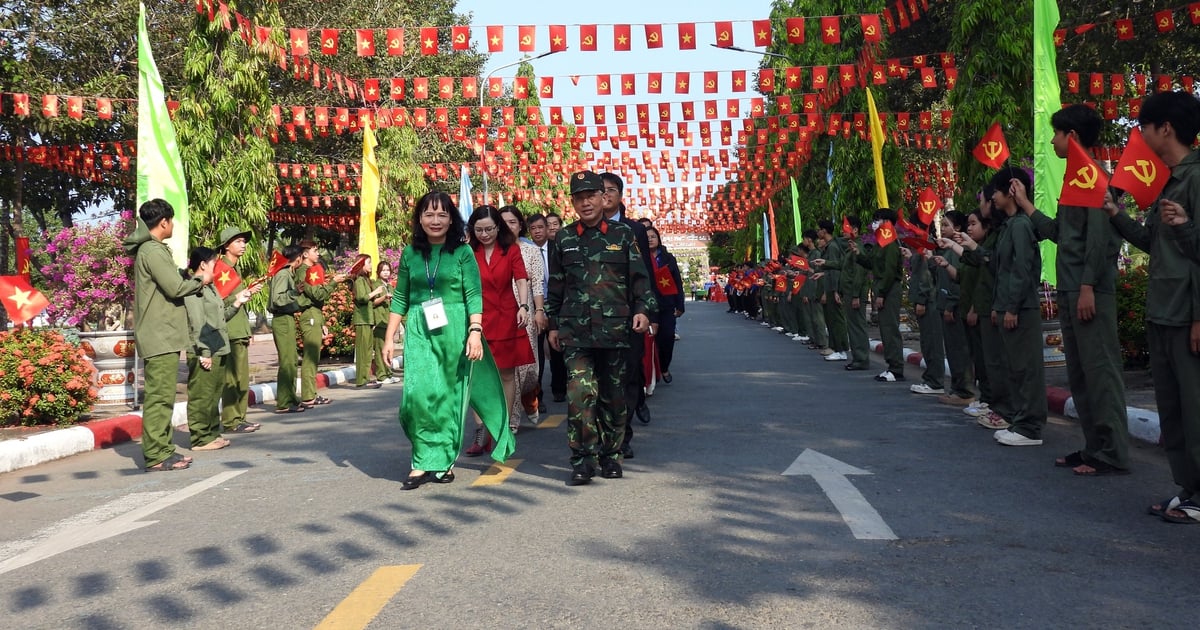


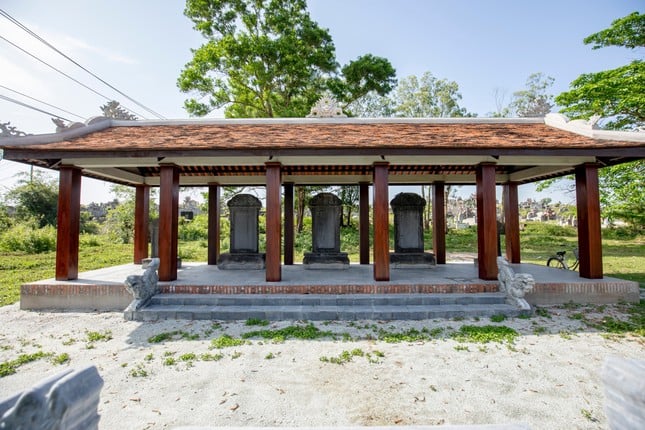

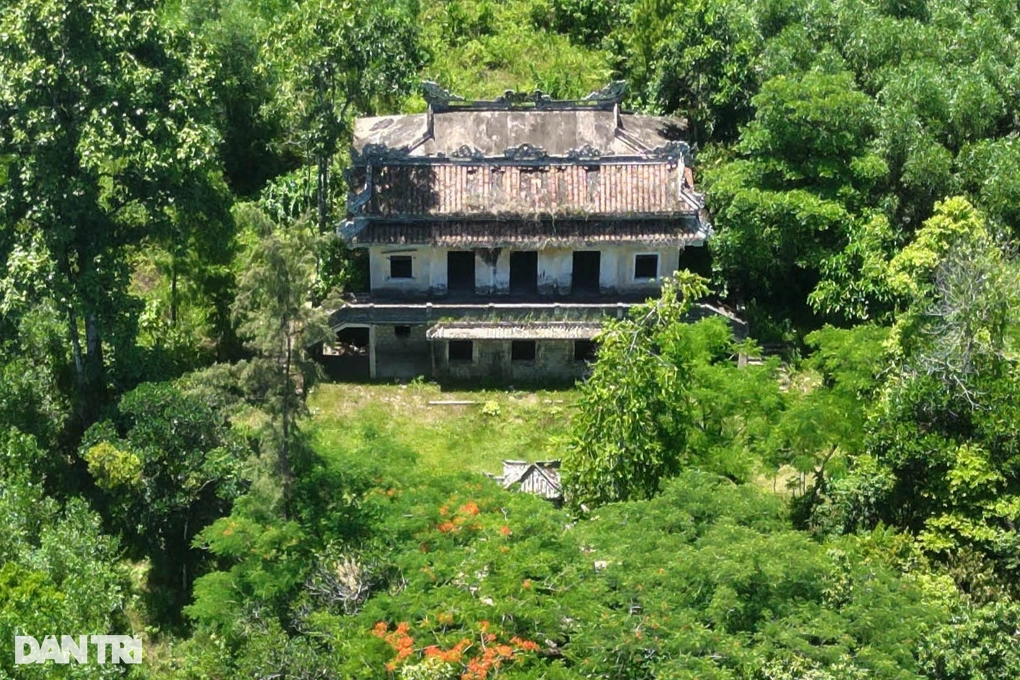
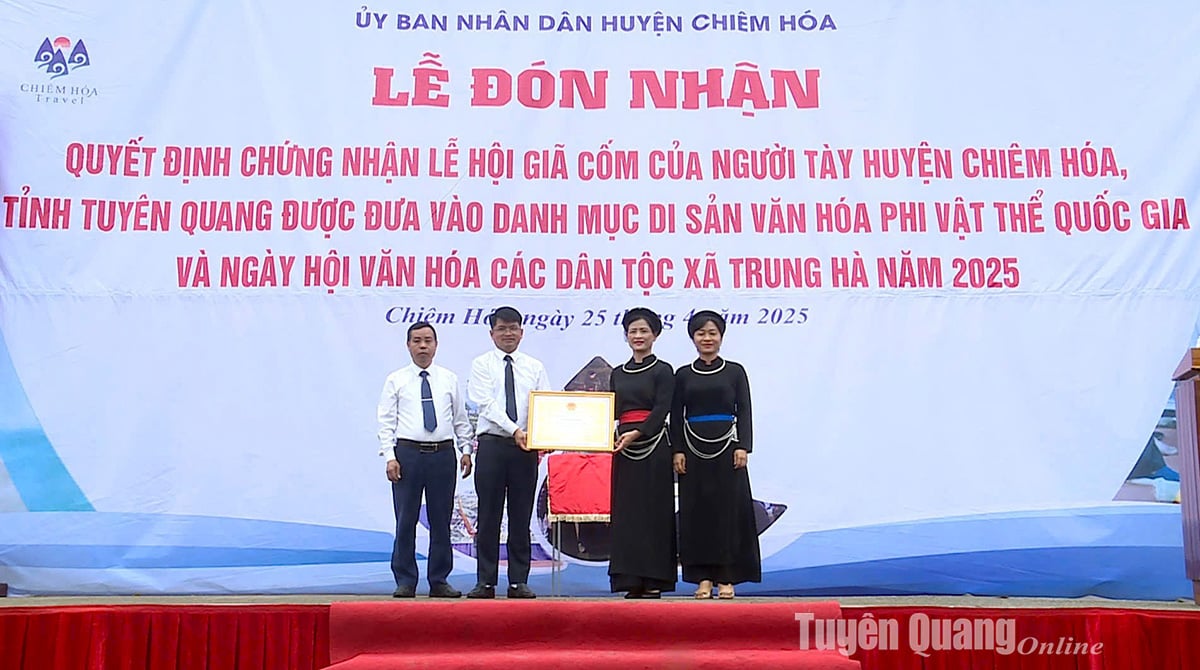

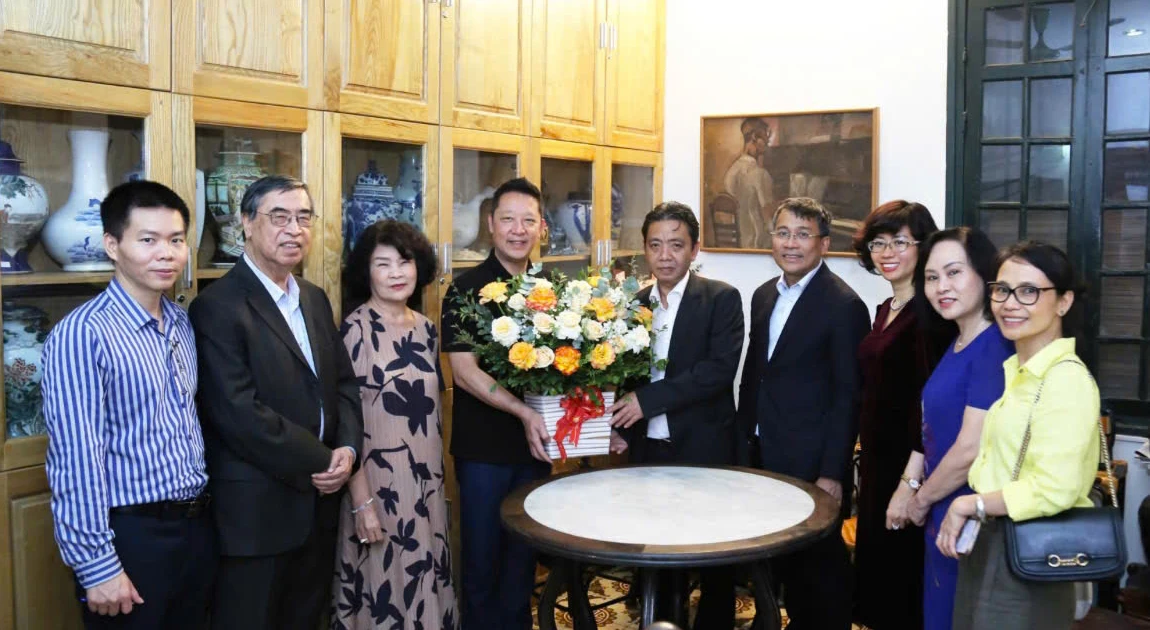
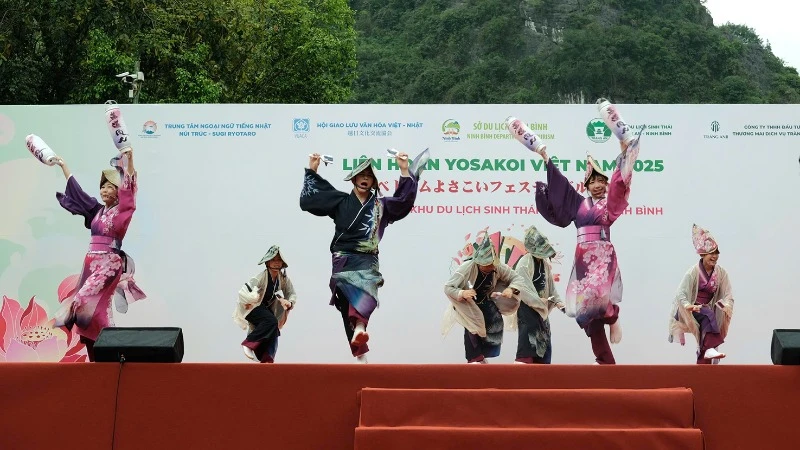
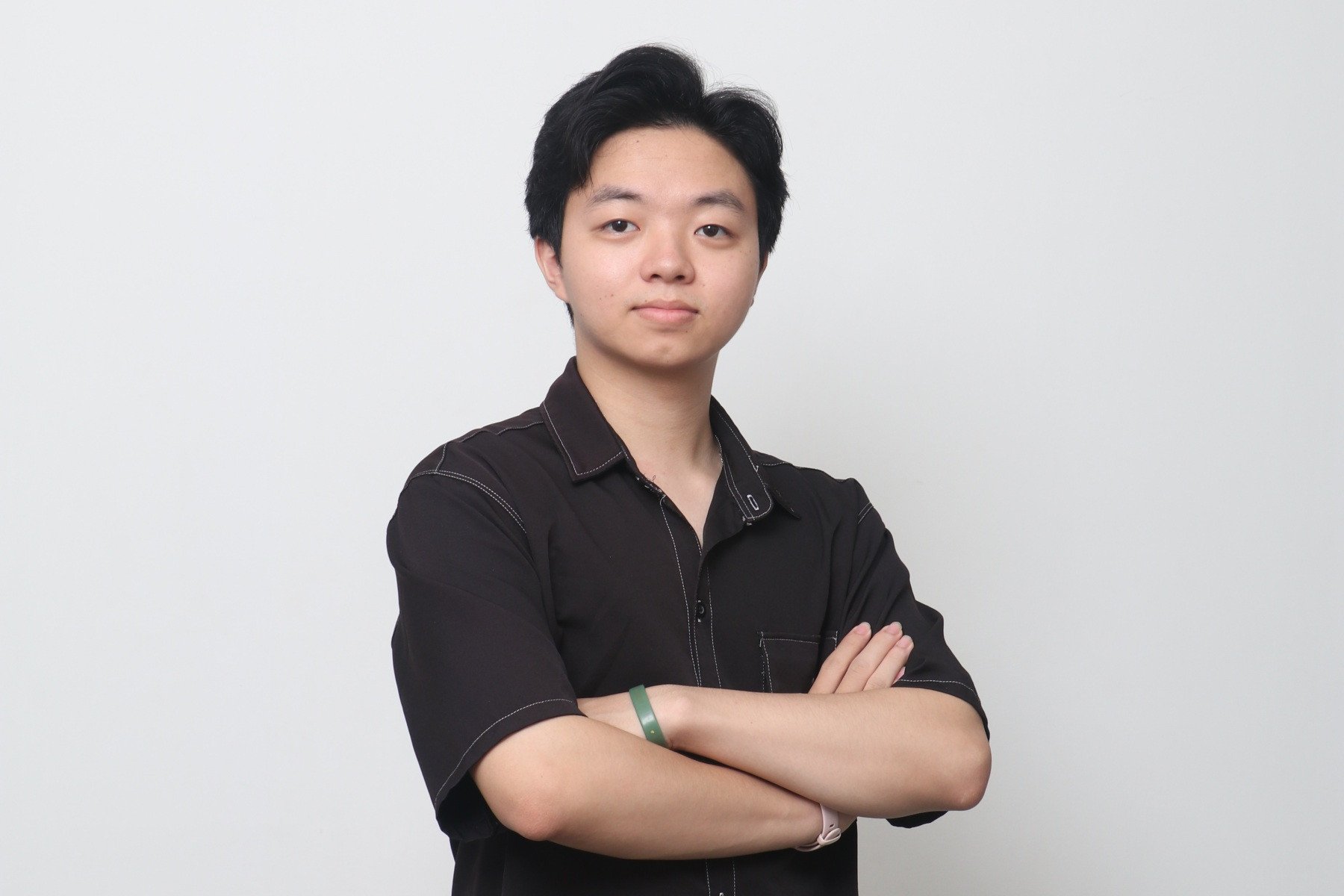
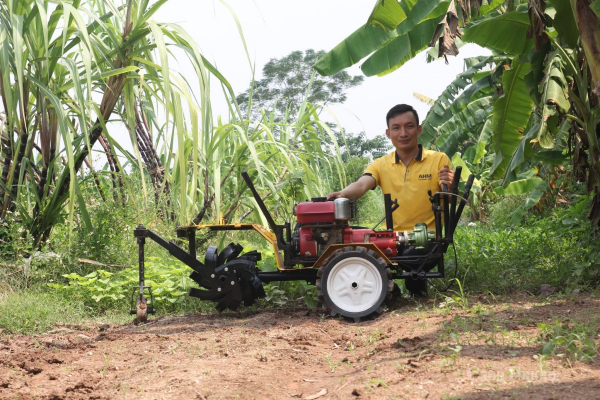



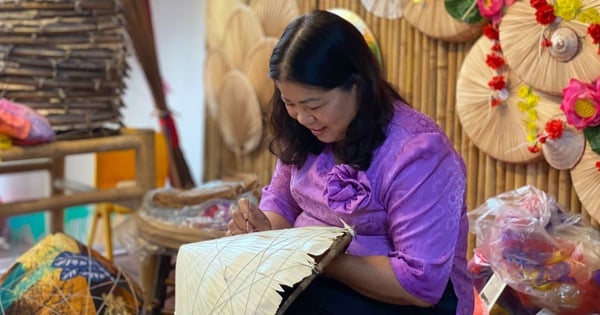




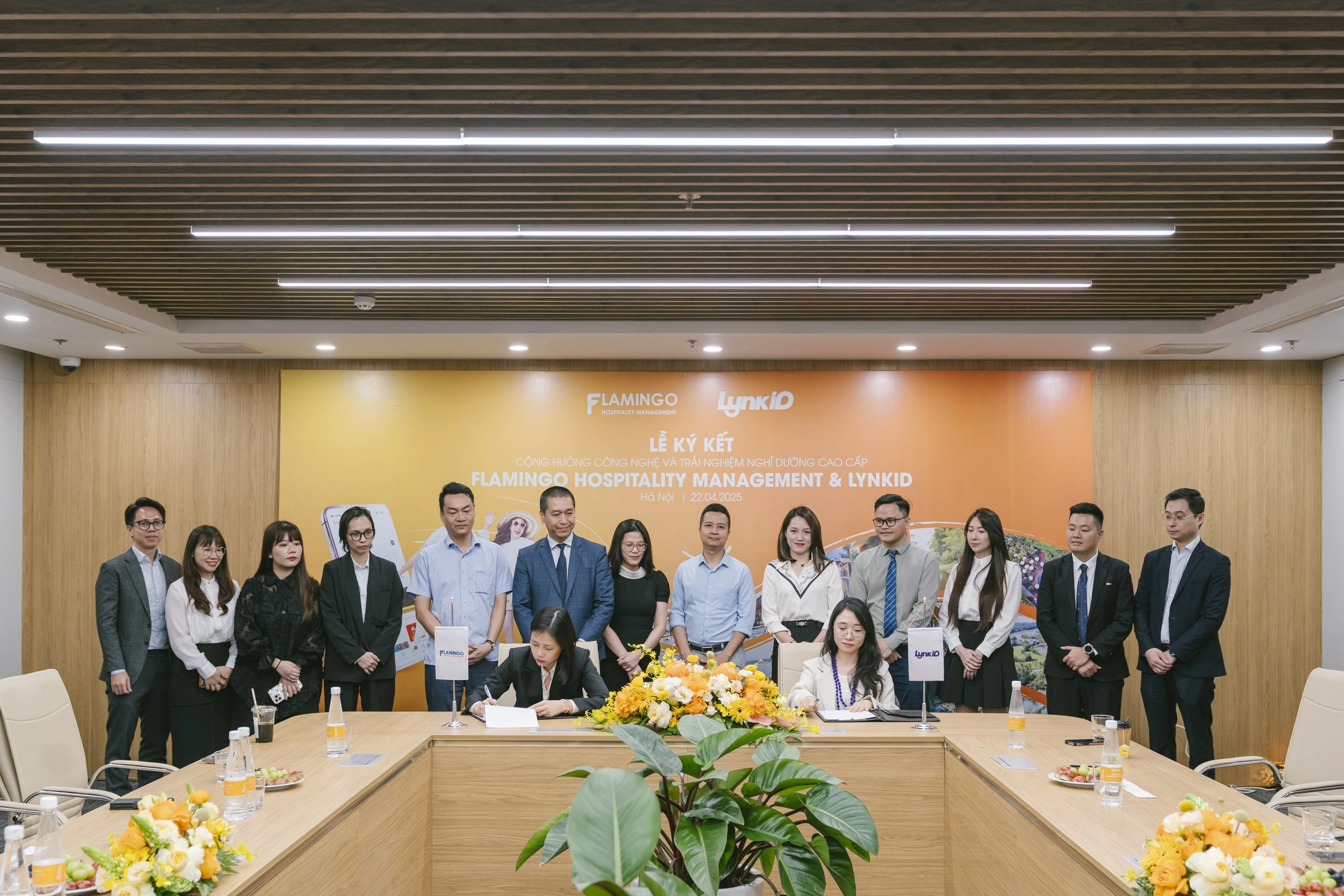
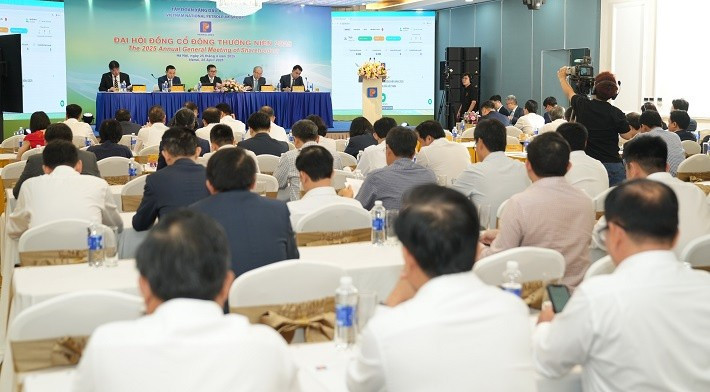

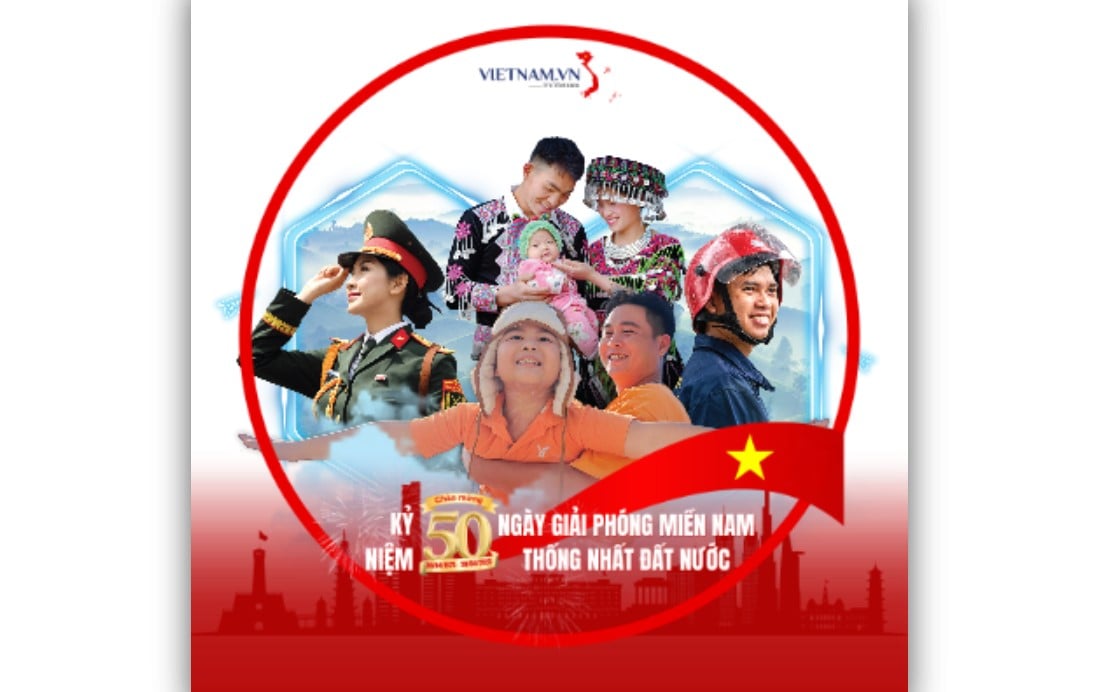

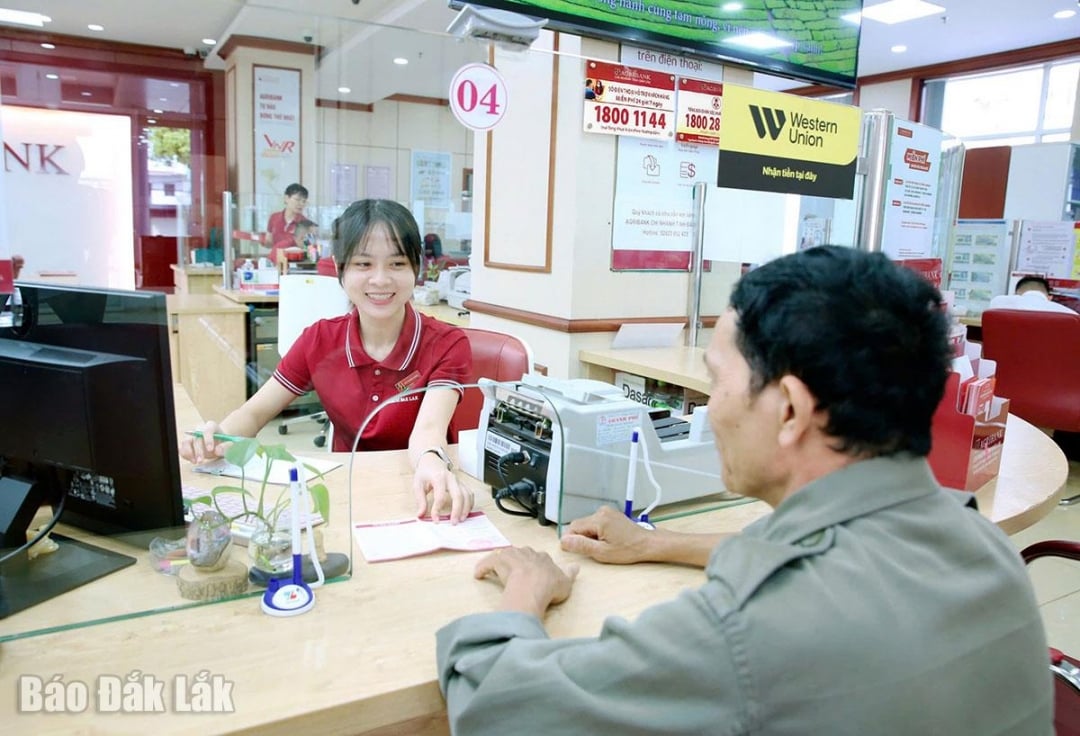






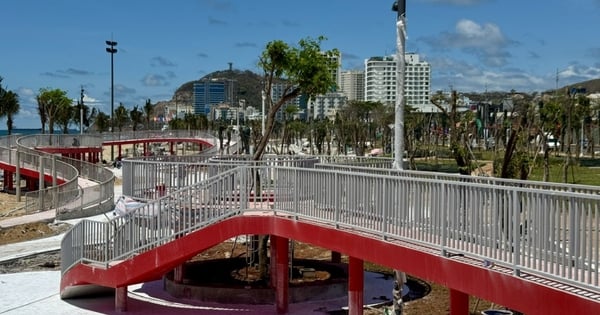
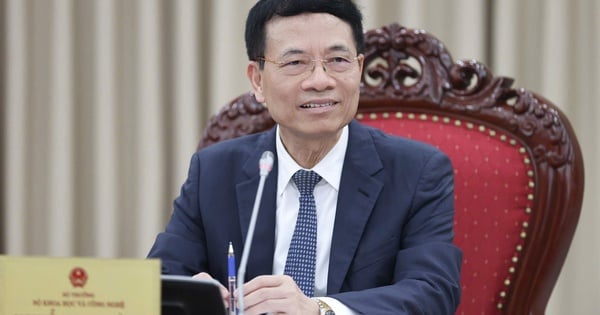

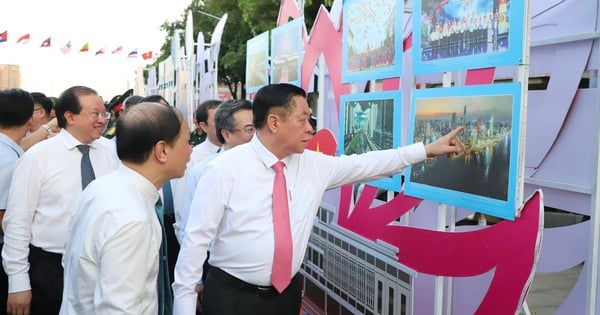
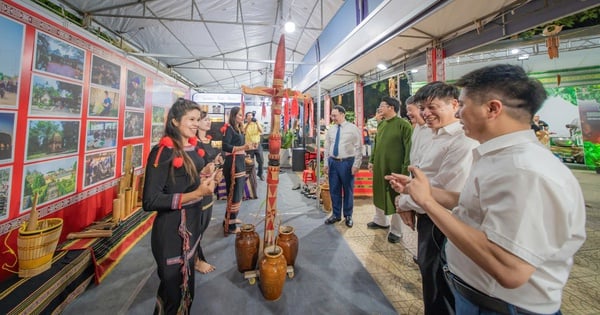
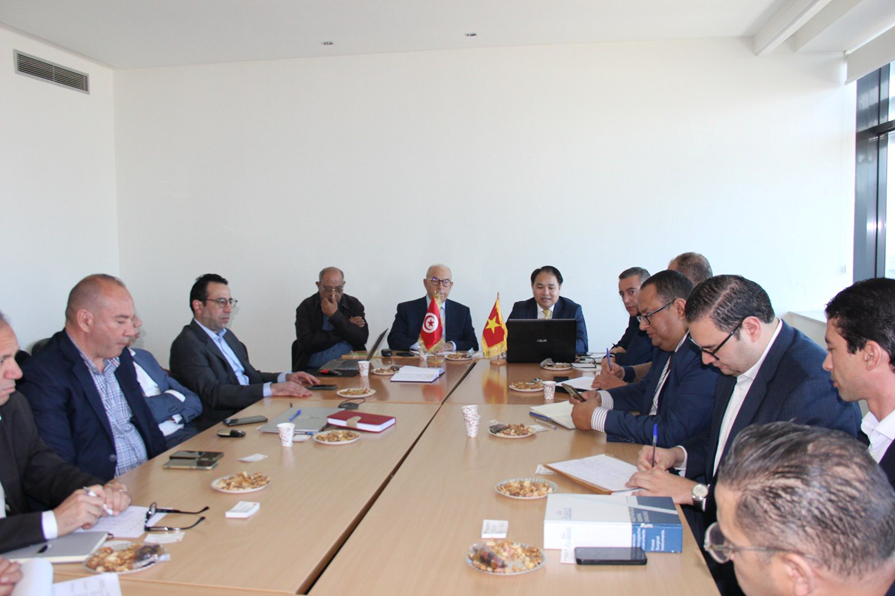




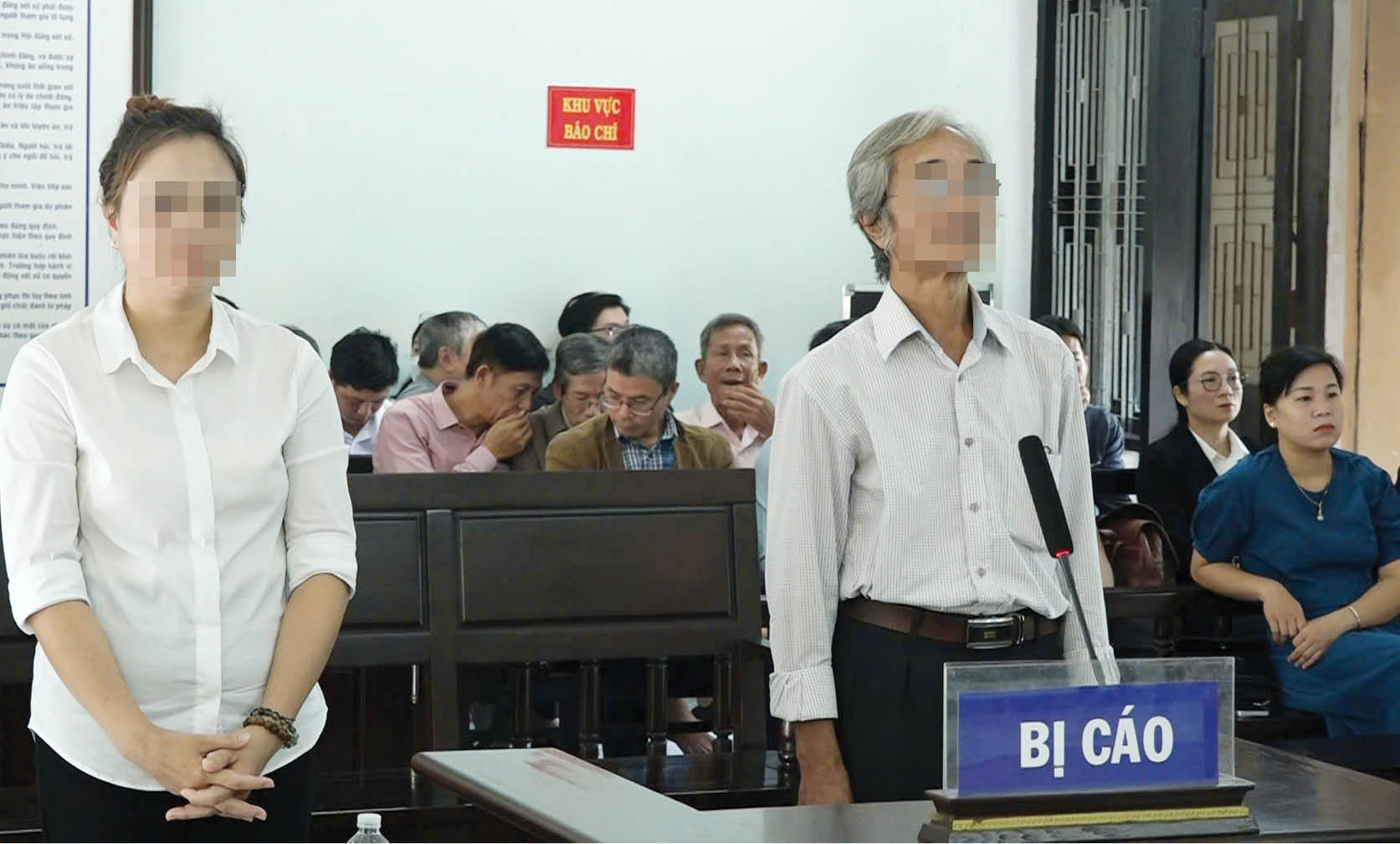

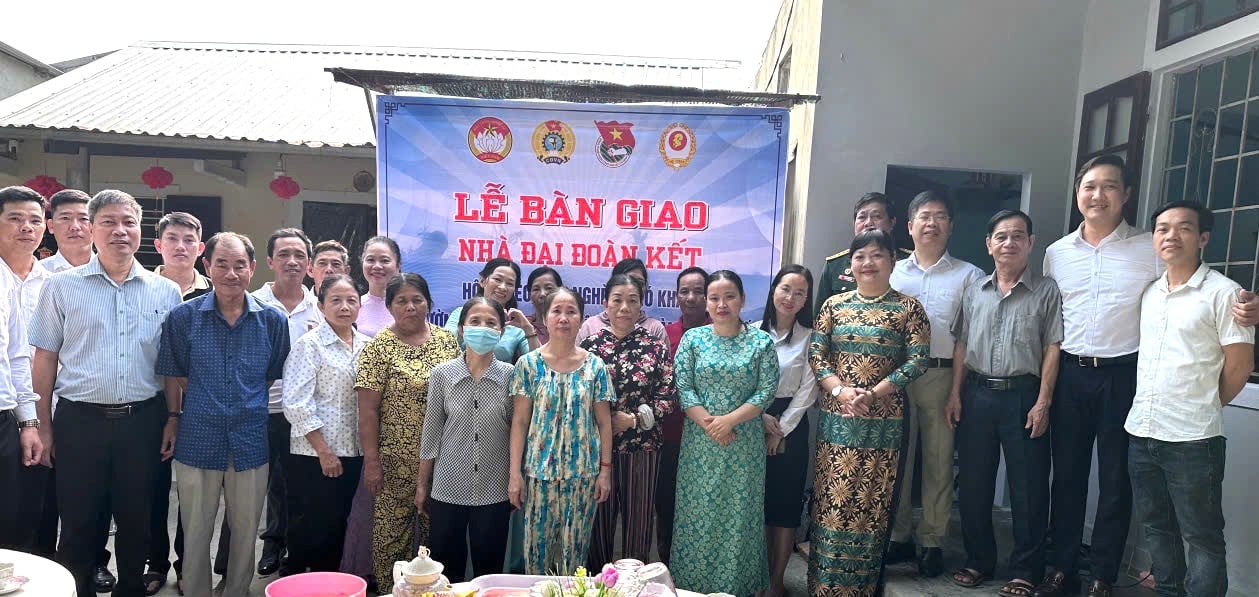
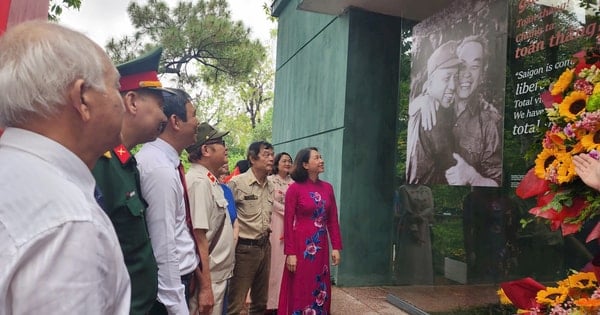
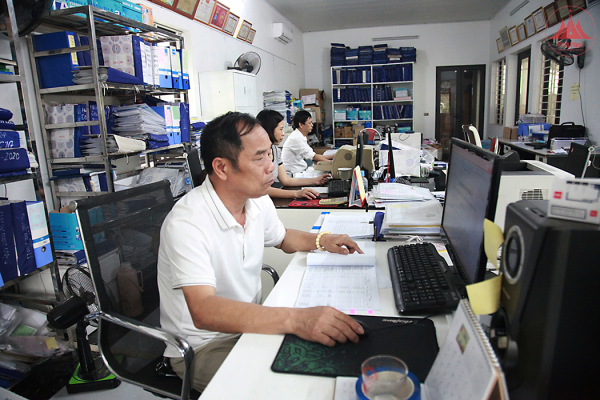
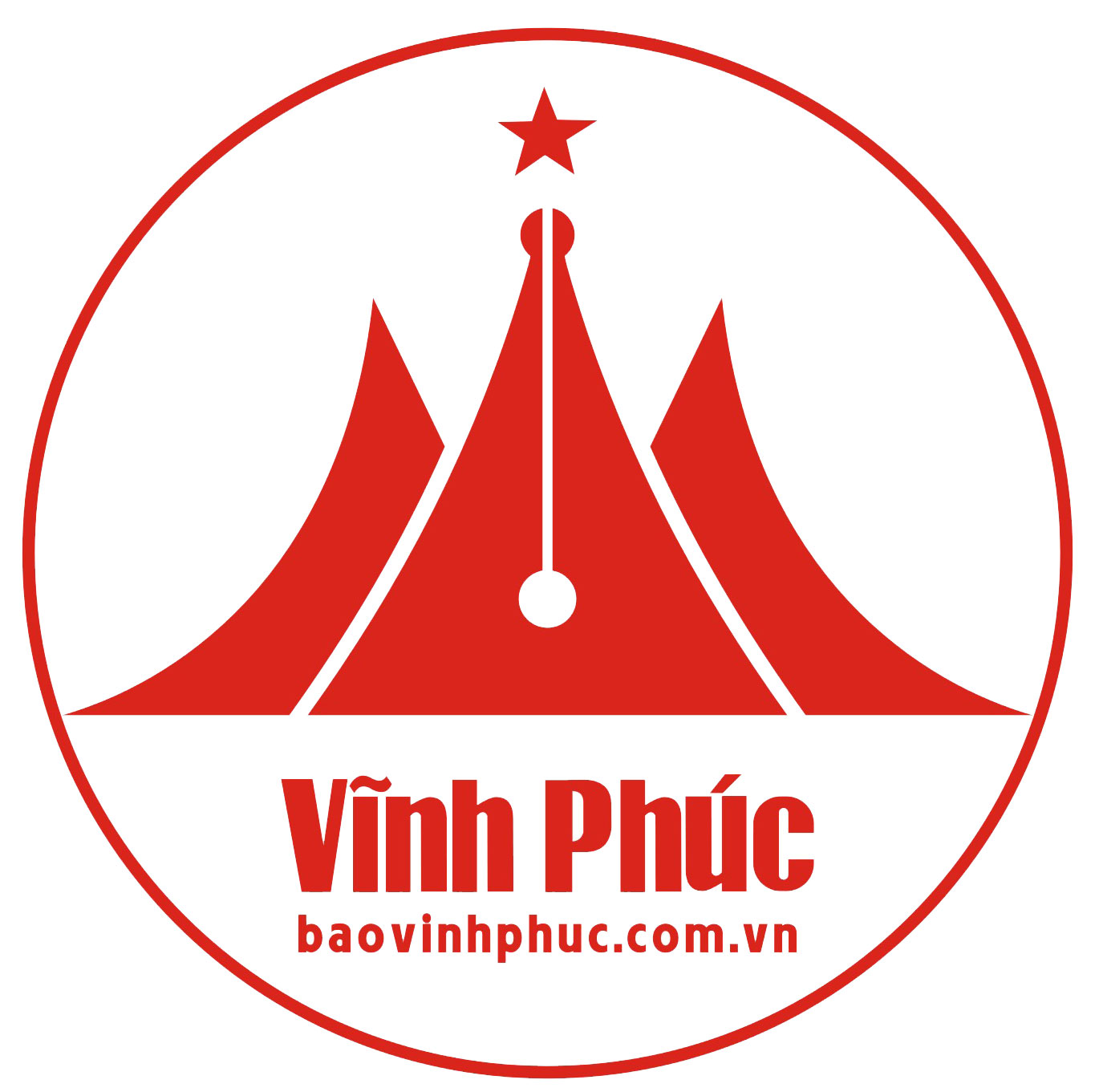


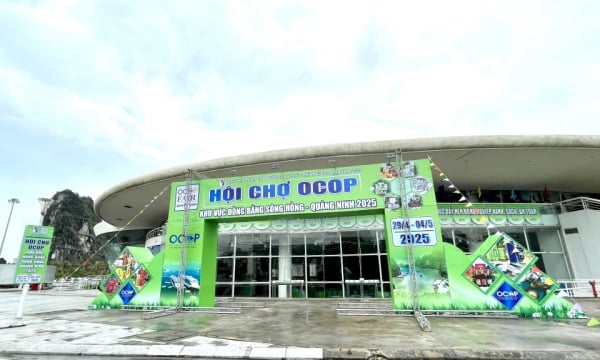

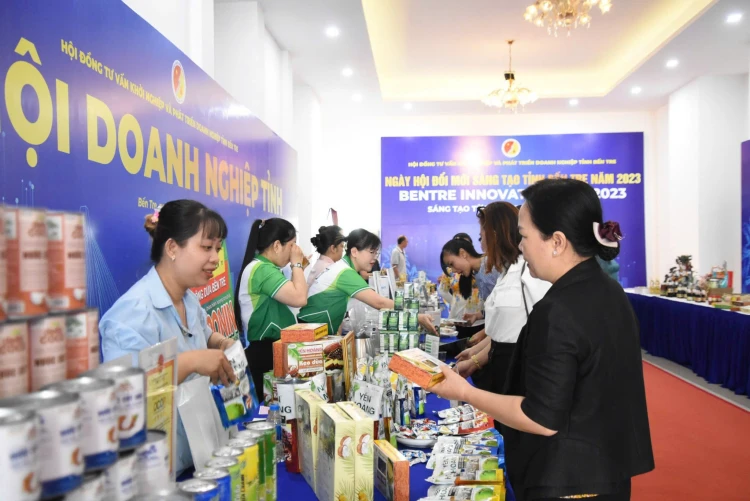





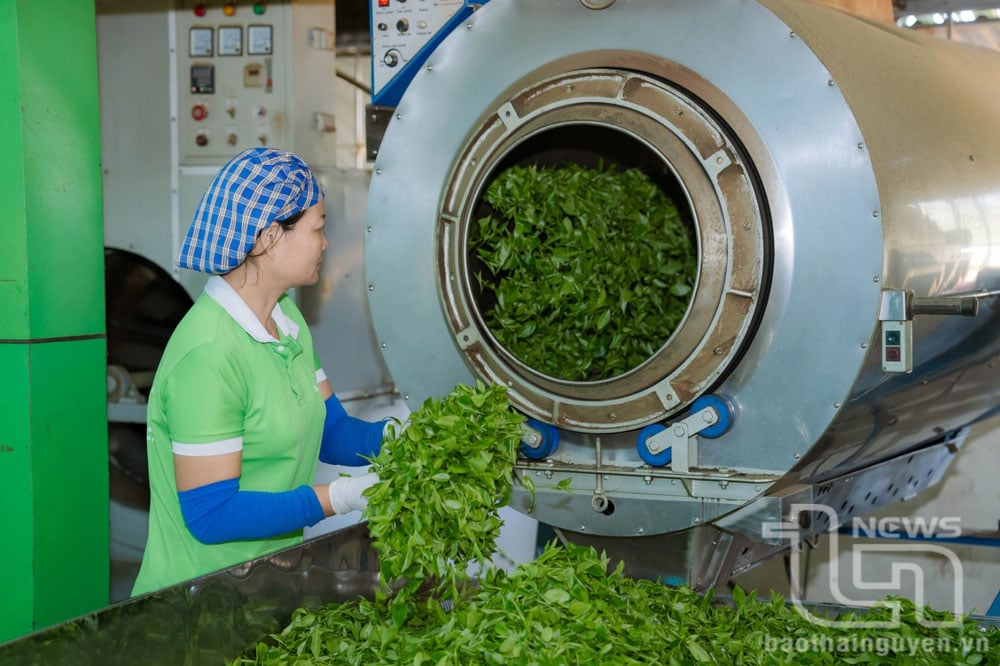

Comment (0)